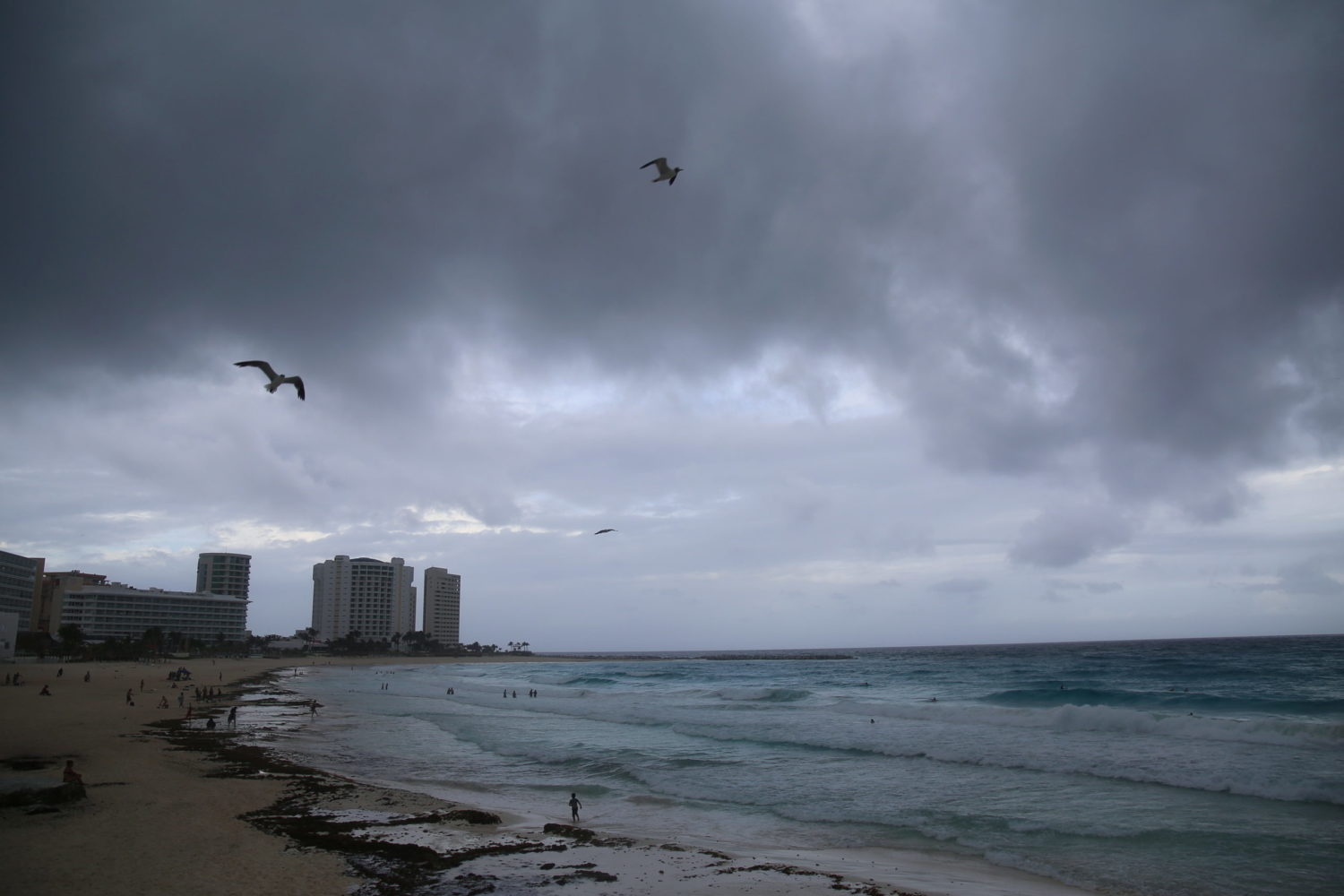
By Wolfgang Rattay and Riham Alkousaa
SCHULD, Germany (Reuters) – At least 33 people have died in Germany and dozens were missing on Thursday as record rainfall in western Europe caused rivers to burst their banks, swept away homes and flooded cellars.
Eighteen people died and dozens were missing around the wine-growing hub of Ahrweiler, in Rhineland-Palatinate state, police said, after the Ahr river that flows into the Rhine rose and brought down half a dozen houses.
Eight people died in the Euskirchen region south of the city of Bonn, authorities said. In Belgium, two men died due to torrential rain and a 15-year-old girl was missing after being swept away by a swollen river.
Hundreds of soldiers were helping police with the rescue efforts, using tanks to clear roads of landslides and fallen trees, while helicopters winched those stranded on rooftops to safety.
The floods have caused Germany’s worst mass loss of life in years. Flooding in 2002 killed 21 people in eastern Germany and over 100 across the wider central European region.
Chancellor Angela Merkel expressed her dismay.
“I am shocked by the catastrophe that so many people in the flood areas have to endure. My sympathy goes out to the families of the dead and missing.”
Armin Laschet, the conservative candidate to succeed Merkel as chancellor at a general election in September and the premier of the hard-hit state of North Rhine Westphalia, rushed to the flooded area and blamed the extreme weather on global warming during a visit to the area.
“We will be faced with such events over and over, and that means we need to speed up climate protection measures, on European, federal and global levels, because climate change isn’t confined to one state,” he said.
Climate and environmental issues are one of the main battlegrounds in the election campaign, in which Laschet is going head-to-head with Social Democrat candidate Olaf Scholz and Annalena Baerbock of the Greens.
One local man fled Ahrweiler after a flood warning was issued at 2 a.m.
“I’ve never experienced a catastrophe where the river burst its banks in such a short space of time,” the 63-year-old man told SWR television.
In Belgium, around 10 houses collapsed in Pepinster after the river Vesdre flooded the eastern town and residents were evacuated from more than 1,000 homes.
The rain also caused severe disruption to public transport, with high-speed Thalys train services to Germany cancelled. Traffic on the river Meuse is also suspended as the major Belgian waterway threatened to breach its banks.
Downstream in the Netherlands, flooding rivers damaged many houses in the southern province of Limburg, where several care homes were evacuated.
In addition to the eight who died in the Euskirchen region, another seven people, including two firefighters, died elsewhere in North Rhine-Westphalia, several of them in flooded cellars.
In the town of Schuld, houses were reduced to piles of debris and broken beams. Roads were blocked by wreckage and fallen trees as flood waters receded on Thursday morning.
‘CATASTROPHE’
“It’s a catastrophe. There are dead, missing and many people still in danger. All of our emergency services are in action round the clock and risking their own lives,” said Malu Dreyer, premier of the Rhineland-Palatinate.
Further down the Rhine river, the heaviest rainfall ever measured over 24 hours caused flooding in cities including Cologne and Hagen, while in Leverkusen 400 people had to be evacuated from a hospital.
In Wuppertal, known for its overhead railway, locals said their cellars had been flooded and power cut off. “I can’t even guess at how much the damage will be,” said Karl-Heinz Sammann, owner of the Kitchen Club discotheque.
Weather experts said that rain in the region over the past 24 hours had been unprecedented, as a near-stationary low-pressure weather system also caused sustained local downpours to the west in France, Belgium and the Netherlands.
Rainwater draining into the Rhine, where shipping traffic was partly suspended, was expected to test flood defenses along the river, including in Cologne, on the lower Rhine, and Koblenz, where the Rhine and Moselle merge.
More heavy rain was due in southwestern Germany, on the upper reaches of the German Rhine, later on Thursday and Friday, the German Weather Service said.
(Additional reporting by Matthias Inverardi, Bart Meijer in Amsterdam and Phil Blenkinsop in Brussels; Writing by Emma Thomasson and Douglas Busvine; Editing by Kevin Liffey, Raissa Kasolowsky and Alison Williams)












